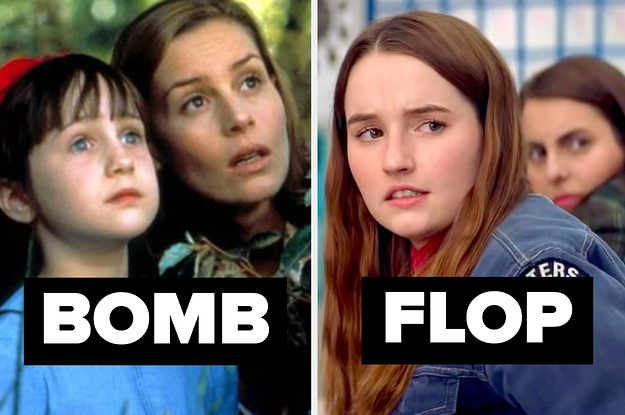It's unfortunately more complicated than that.
Everyone is used to using the pre-COVID metrics and the rules of thumb that were used in the industry. And those are helpful, to some limited extent, still.
But the economics in the post-COVID environment, combined with the streaming services, make it different right now. Take Air, for example. Air had a budget of $90 million (or so) and another $40 million (or so) to market. So, on the one hand, with a current worldwide gross of $54 million, it's kind of a flop.
Except it isn't. Air was never supposed to even release in theaters- Amazon chose to give it a theatrical release! We don't know what the relationship with MGM is in terms of distribution, but any amount over marketing is gravy. Why did Amazon do this? Because streamers are beginning to realize two things-
1. Any box office profit over marketing is ... profit; and
2. A movie released in theaters may actually be a bigger draw to streaming services than a movie just released on the streamer!
Now that doesn't mean everything everyone knows is wrong- we can still say, for example, that John Wick 4 was a hit and that Mario Bros. monstrosity is an unexpected juggernaut. But because the box office itself has changed (and a lot of what is going on in the backend), it's much harder to speak with confidence about the performance of movies that aren't clear-cut.
TLDR; without knowing what arrangements were made, it's really hard to tell very much at this stage about the finances of DADHAT. For that reason, perception (the quality of the movie, the impact on the brand, the performance vis-a-vis expectations, and the collateral effect (if any) on merchandise and other products) will matter.

